1. Coloring Their Hair

Once upon a time, showing up to school with a streak of blue or pink in your hair was seen as a full-on rebellion. Teachers would gasp, principals would call parents, and in some extreme cases, kids actually got expelled for simply expressing themselves with a bottle of Manic Panic. It was considered “distracting” or “inappropriate,” like it was a slippery slope from pink bangs to total chaos. Schools clung tightly to outdated dress codes that treated hair color like a dangerous weapon says BuzzFeed.
Fast forward to today, and no one bats an eye if a student walks in with a full head of rainbow-colored hair. In fact, some schools even host “crazy hair days.” Self-expression is encouraged rather than punished, and teachers are more likely to compliment the dye job than issue a warning. It’s a refreshing change, especially for creative kids who just want to feel a little more like themselves. And really, hair grows back—it’s not a life-altering decision adds HealthyChildren.org.
2. Drawing in Class

Back in the day, doodling in your notebook—even during a lecture—could get you in serious trouble. Some kids were labeled “disruptive” for quietly sketching superheroes or fantasy maps in the margins of their notes. In more extreme situations, they were kicked out for not “paying attention,” even if they were still absorbing the material. One kid’s dragon drawing was another administrator’s sign of rebellion shares the Conversation.
Now, educators understand that some students actually focus better when their hands are busy. Doodling can help with memory retention and reduce anxiety, especially during long lectures. Some teachers even encourage sketching as a learning tool. The idea that drawing equals distraction has mostly faded, making room for more inclusive teaching styles. It’s one small shift that’s had a big impact on how artistic kids are treated says Mamamia.
3. Wearing Tank Tops

There was a time when showing your shoulders at school—especially if you were a girl—was practically scandalous. Tank tops, spaghetti straps, or sleeveless anything were seen as violations of the sacred dress code. Some students were expelled after repeat warnings, even if their outfits were completely modest by today’s standards. The logic was always vague, but it usually boiled down to “distraction.”
Today’s dress codes have become much more relaxed, and bare shoulders are no longer treated like a crisis. Fashion has evolved, and most schools now allow tank tops as long as they’re not revealing. The emphasis has shifted from shame to comfort and function. Instead of sending kids home, schools are beginning to talk more about equity in dress codes. No one’s getting expelled for wearing what they bought at Target anymore.
4. Bringing a Cell Phone

If a student had a phone on them 20 years ago, it was considered contraband. Even if it stayed in a backpack or pocket, just having it could get you in trouble. Some schools had zero-tolerance policies, and getting caught with a phone twice meant suspension or even expulsion. It was treated like smuggling in a forbidden object.
Now, phones are basically baked into the classroom routine. They’re used for assignments, research, and yes, even attendance sometimes. While there are still rules about when and how phones can be used, the days of outright banning them are mostly over. Teachers work with technology instead of pretending it doesn’t exist. Kids don’t have to sneak around just to send a text to their mom anymore.
5. Kissing a Classmate

A peck on the cheek at recess or holding hands behind the swings used to be enough to spark a scandal. Schools often interpreted these innocent acts as violations of a “no public displays of affection” policy. In some stricter districts, students were expelled over a brief kiss, especially if they were same-sex couples. It was treated more seriously than actual fights.
These days, most schools take a much more balanced approach. There are still rules about PDA, but they focus on what’s appropriate for school, not punishing innocent gestures. Administrators are more concerned about consent and respect than enforcing outdated moral codes. It’s a subtle but important shift in how young relationships are treated. A middle school crush isn’t grounds for punishment anymore.
6. Speaking Their Native Language
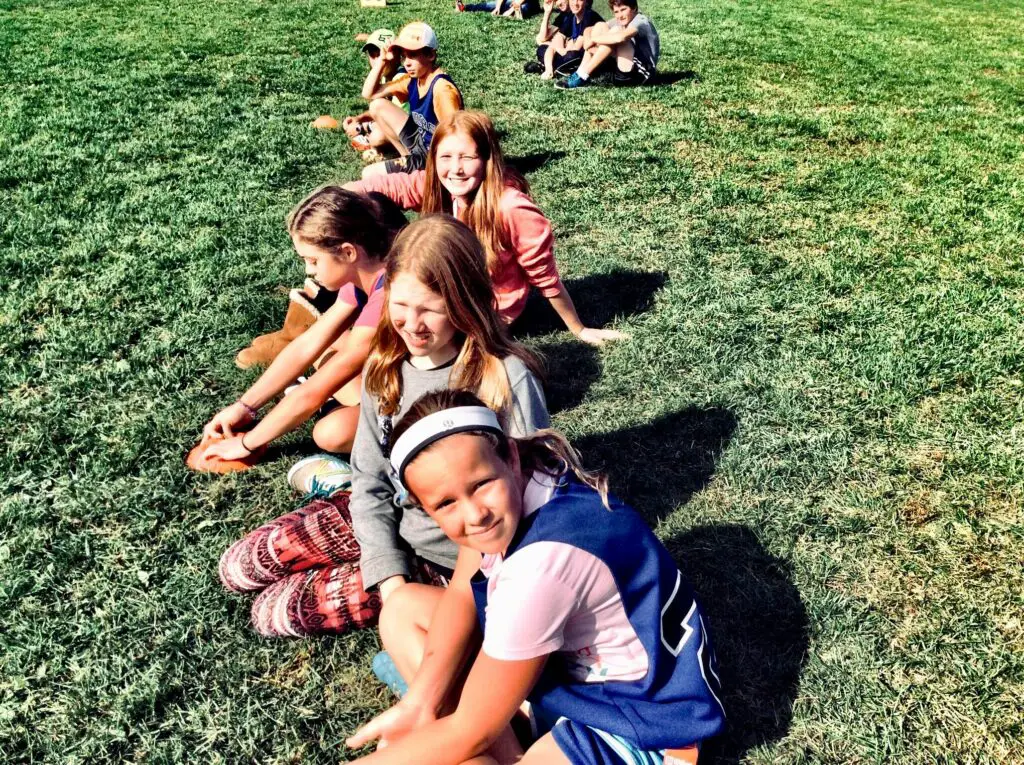
Some students in the past were punished—or even expelled—for speaking a language other than English at school. It was seen as defiance or a refusal to assimilate. Kids were told they were being “rude” or “confusing,” even if they were just chatting with a friend in their shared mother tongue. The rule wasn’t always written down, but it was enforced harshly.
Today, many schools celebrate multilingualism and encourage kids to speak their native languages. It’s seen as a strength, not a threat. Bilingual education programs are growing, and students are often praised for their linguistic skills. There’s a much better understanding now of how valuable cultural diversity is in the classroom. What once got you in trouble can now help you get into a great college.
7. Writing a Story That Was “Too Dark”

Creative kids who wrote about zombies, villains, or sad endings often ended up in the principal’s office. Teachers or administrators would sometimes interpret imaginative writing as a “cry for help” or a threat, especially if the story involved anything violent—even if it was fictional. In extreme cases, students were expelled for creating characters that made adults uncomfortable.
Now, teachers are more careful not to confuse creativity with actual danger. There’s a greater understanding of how kids process emotions through stories and how fantasy isn’t the same as intent. Many schools have even introduced creative writing electives where students can explore all kinds of genres. Instead of punishment, kids are getting praise for their storytelling. The line between imagination and misconduct is no longer so blurry.
8. Bringing a Toy to School
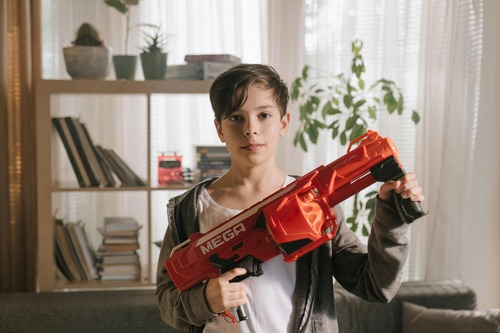
Bringing a Game Boy or action figure in your backpack used to be a risky move. Some schools considered toys a major distraction and banned them outright. If a student was caught playing or trading, especially during class, they could face suspension or even expulsion. Tamagotchis were once treated like ticking time bombs in a kid’s pocket.
Today, while there are still guidelines, the reaction to toys is a lot less intense. Teachers often just ask students to keep them in their bags or only use them during recess. Some toys are even used in the classroom as part of fidget strategies or reward systems. Schools have learned that not everything needs a punishment attached to it. A stress ball shouldn’t be treated like contraband.
9. Having a Mental Health Episode
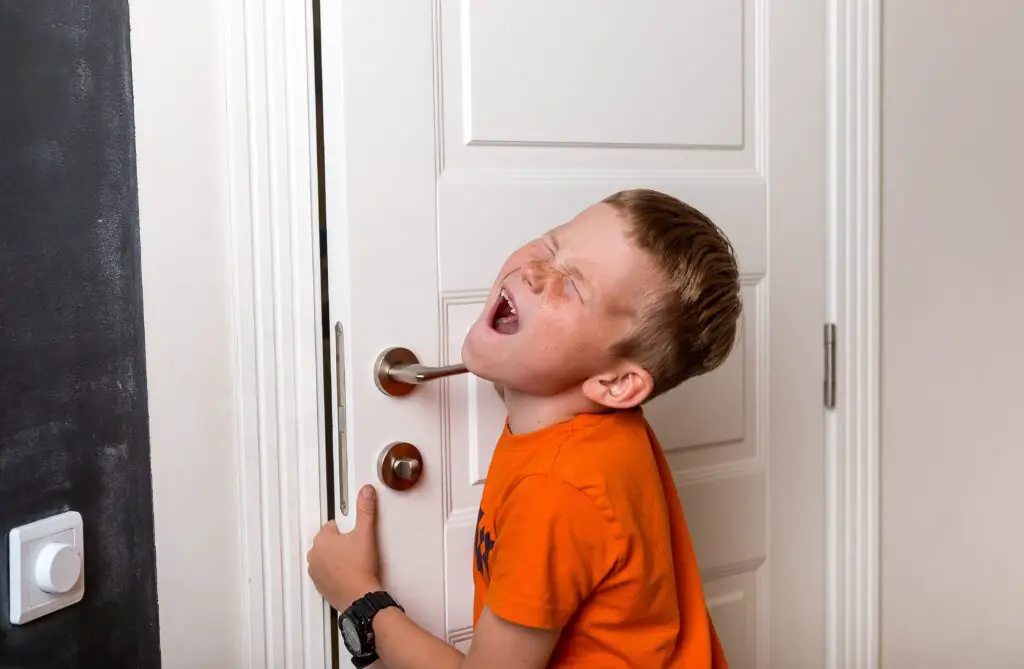
Not that long ago, if a student had a panic attack or emotional meltdown at school, it was often treated as “misbehavior.” Instead of being helped, they might be sent home—or worse, expelled for “disrupting” the learning environment. There wasn’t much empathy, and there definitely weren’t many resources. A lot of kids just slipped through the cracks.
Thankfully, mental health awareness has come a long way. More schools now have counselors, social workers, and calm-down spaces available to students. Kids are taught how to talk about their feelings instead of hiding them. Emotional struggles aren’t seen as threats anymore—they’re seen as opportunities to support. It’s a shift that’s long overdue.
10. Playing “Too Rough” at Recess

Some kids were expelled for roughhousing on the playground, even if it was clearly just horseplay. Tag could escalate into a tackle, and suddenly it was written up as violence. Schools didn’t always look at context—they just reacted. Parents would get called, and kids were labeled as “aggressive.”
Now, playground behavior is handled with a little more nuance. Teachers are trained to differentiate between bullying and energetic play. There are clearer rules, sure, but also more chances for kids to learn and adjust. A scraped knee doesn’t automatically mean someone’s getting suspended. Play is finally allowed to be… well, play.
11. Forgetting Their Homework

It might sound extreme, but repeat homework violations used to be taken very seriously in some schools. A few missed assignments could get a student flagged as “noncompliant,” and that label sometimes escalated into full-on disciplinary action. In certain zero-tolerance environments, kids were actually expelled over it. It wasn’t about understanding why—it was about following rules.
Nowadays, educators are more likely to ask why a student didn’t turn something in. There’s more flexibility for kids dealing with tough situations at home or learning challenges. Late work might still cost a few points, but it won’t end your academic career. The focus has shifted to helping students succeed, not punishing them for struggling. Grace goes a long way.
12. Wearing Makeup
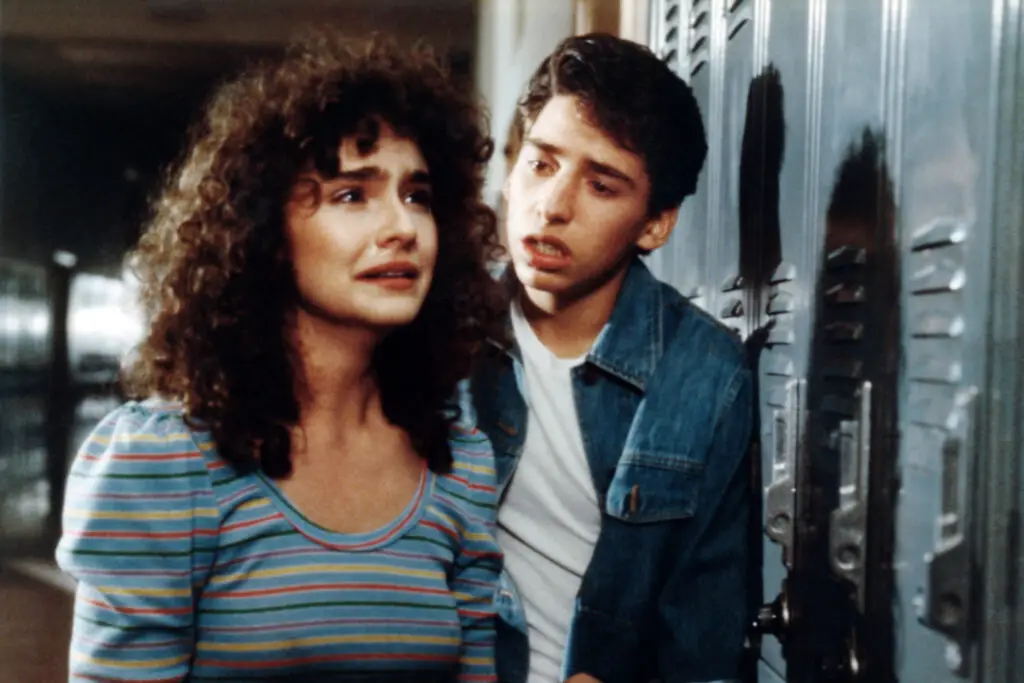
There was a time when a swipe of eyeliner or a touch of lip gloss could send a student to the office. Some schools had strict rules against makeup, especially for younger students. The belief was that it was “inappropriate” or made kids look “too grown-up.” In rare cases, kids were even expelled for repeat offenses.
These days, makeup is seen more as a personal choice than a behavior issue. Teens and even tweens often wear light makeup to school without consequence. Some schools even allow stage makeup during drama productions or spirit days. The stigma has eased up a lot, and the rules make room for individual expression. A little mascara isn’t a crime anymore.
13. Sharing Snacks
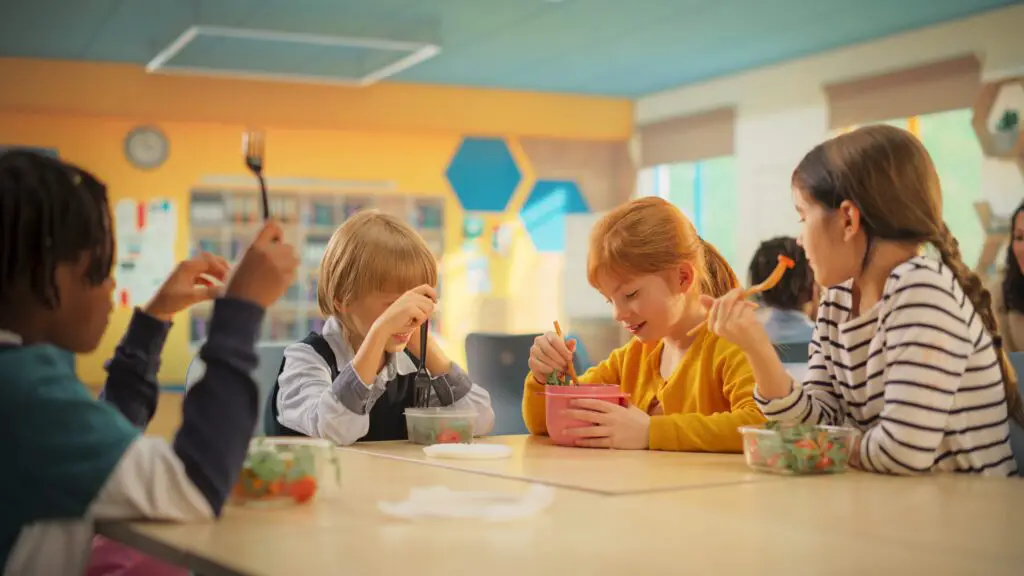
Believe it or not, something as innocent as giving your friend a cookie could once land you in serious trouble. Schools worried about allergies or food safety, and many banned sharing altogether. In some cases, administrators overreacted so much that students were suspended or expelled for bringing in homemade treats. It felt like kindness was being criminalized.
Today, most schools still have allergy protocols, but they’re handled with more common sense. Kids are taught to ask before offering food, and teachers help manage special dietary needs. Birthday cupcakes aren’t banned outright—they just come with a heads-up email now. Sharing is still caring, as long as it’s done safely. The message is clearer and a lot less harsh.
14. Questioning a Teacher
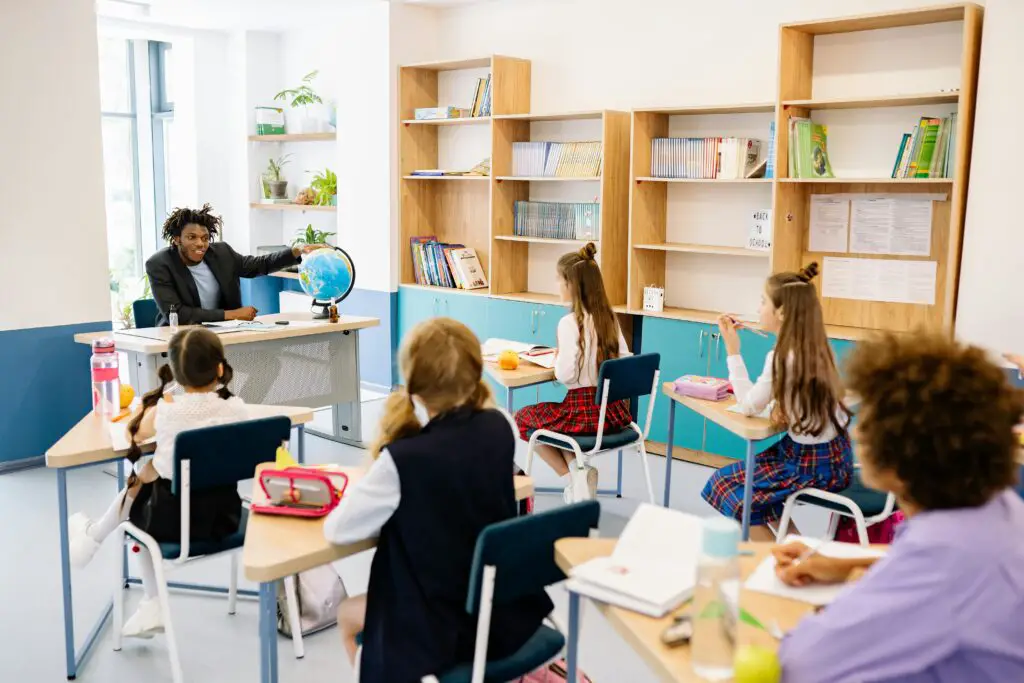
Years ago, asking a teacher “why” could be seen as talking back. Even if a student was just genuinely curious or confused, they might get labeled as disrespectful. Some kids were removed from class—or even expelled—for challenging a rule or disagreeing politely. The emphasis was on obedience, not dialogue.
That’s changed in a big way. More educators now welcome thoughtful questions and encourage students to think critically. It’s not about undermining authority—it’s about fostering conversation. Kids are learning how to respectfully challenge ideas, which is a big part of growing up. Questioning doesn’t mean misbehaving—it means engaging.
